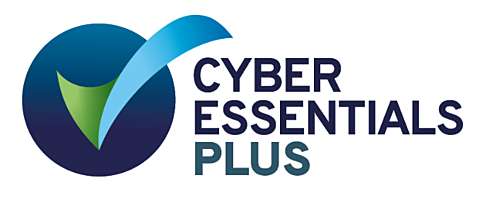Consultant
Don’t let the urgent crowd out the important - Trustee decision-making and governance post lockdown
2 Jul 2020
The Covid-19 pandemic has had a huge effect on all industries, literally all. Pensions trustees have had to adapt to this new world with very little warning. Some trustees have done this better than they expected.
No one could have foreseen the severity of this new environment. No matter the scheme, the sudden shutdown will have highlighted gaps and ideas for trustee governance. For many, risk registers have been updated, business continuity plans tested, decision checklists revised, business plans revisited.
So, where do we go from here and what governance lessons can be learned?
Now that the ‘urgent’ has been dealt with, it’s time to take a step back and reflect. What changes in the ways of working will trustees stick with? Will there be a ‘next time’? Scenarios around risks – maybe also opportunities – that were previously implausible may now be clearer to foresee, plan and manage.
A robust business continuity plan (BCP) is necessary to set out the trustees’ ways of working in situations which would impact the running of the scheme. The BCP sets out the overarching principles and processes that would be considered and triggered in such a situation. These have been tested via Covid-19.
Trustees still need to have meetings, make decisions, execute documents, rely on people to implement - whatever the situation, trustees need to know they will not be prevented from making things happen.
Replacing face-to-face trustee meetings with telephone and video conference calls was an obvious adjustment for governing documents to reflect, but are all the signature processes now fit for purpose?
Trustee BCPs need to tie in with service providers’ BCPs. Key among these is the administrator and the quality of service needed for members in what remains a worrying time. Relying on one admin office being a backup for another is no longer tenable; relying on a secure offshore office location is likely to be problematic. The pressure of Covid-19 for scheme administration has shone a spotlight onto good oversight and management, and aligning services and projects. Trustees should ask their administrator: these are our priorities, this is what we want our members to experience – are we on the same page?
A knotty consideration is how trustee boards adjust behaviours to virtual meetings. Shorter, more frequent meetings with a more strategic focus is a good way forward, but it comes with challenges. Consistent use of the technology is one. Meeting typically more often for a shorter time will add to support workloads. It demands that advisers are very clear on key points. It needs focused participation from all. Chairing skills in this environment are harder - to bring trustees in, shape decisions, stick to time.
Covid-19 has rapidly shown that trustees need to be responsive. Boards and committees need flexibility and some agility in decision-making. This goes beyond sign-off requirements or quorum needs. It’s also likely to mean delegating more and being crystal clear around this. A framework for rapid decisions to use if needed, maybe with an empowered sub-group, and managing key person risks will be powerful.
Being nimble is really important for trustee investment decisions and implementation, where again Covid-19 has had a complex impact. Keeping tabs on cash requirements, member concerns, risk concentrations, delegations and reporting needed, impact on flight plans, triggers and IRM are examples.
What next?
Covid-19 and the lockdown highlighted an immediate need to review trustee decision-making and governance in a live situation impacting the safe running of pension schemes. The measures, actions, and decisions that a trustee board has taken in this situation need to be robust and linked to whatever ‘new normal’ comes next – it will be different for each trustee board, its scheme members and its employer.
In viewing the situation through a glass half full lens, the last few months have provided an opportunity for schemes to look under the bonnet of their governance arrangements. Trustees are now more able to identify where gaps or improvements in decision-making and oversight can and should be made.
A lot has been learnt. It’s time to move on from the urgent to make the next stage the best ‘norm’ it can be.


